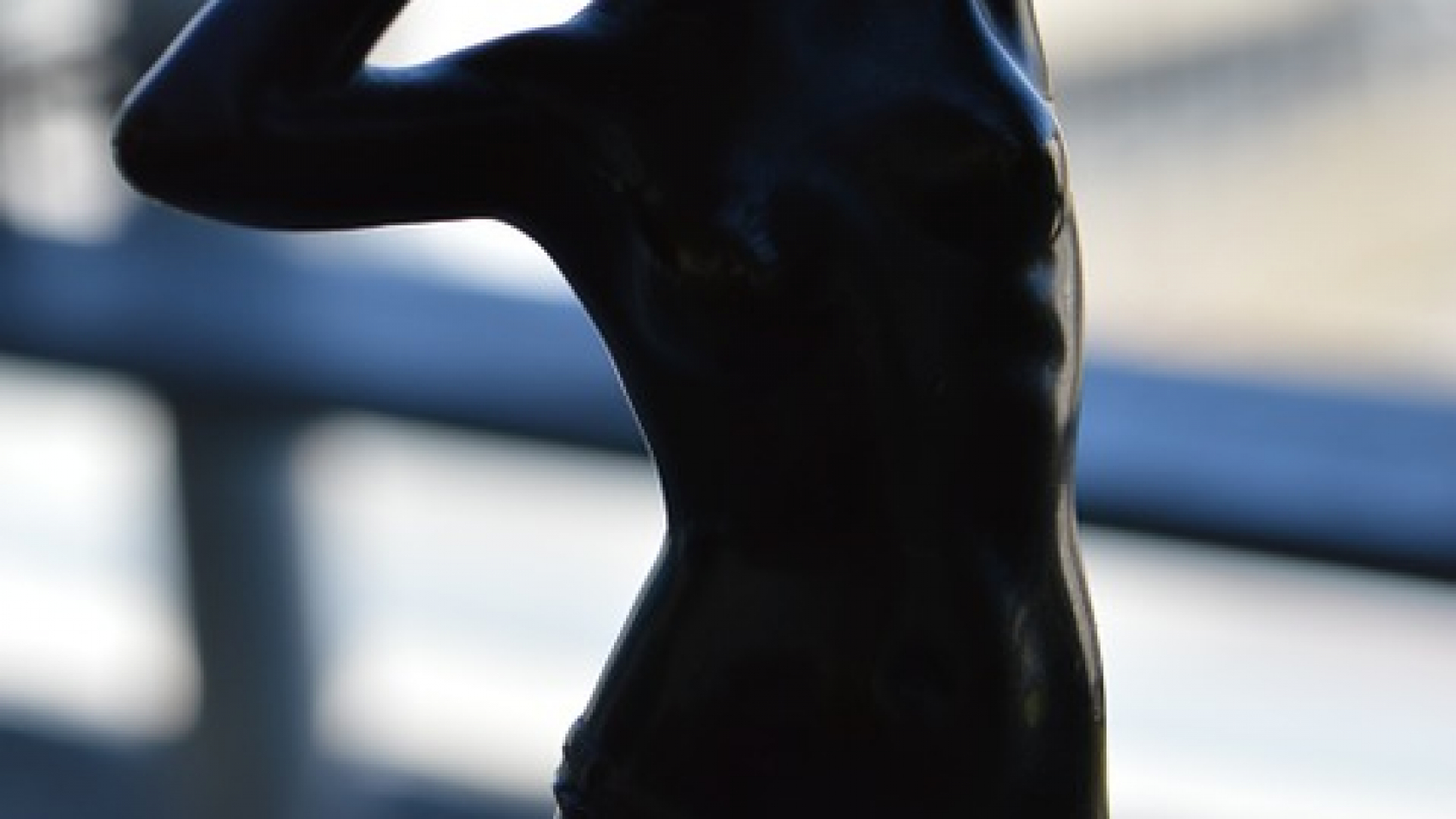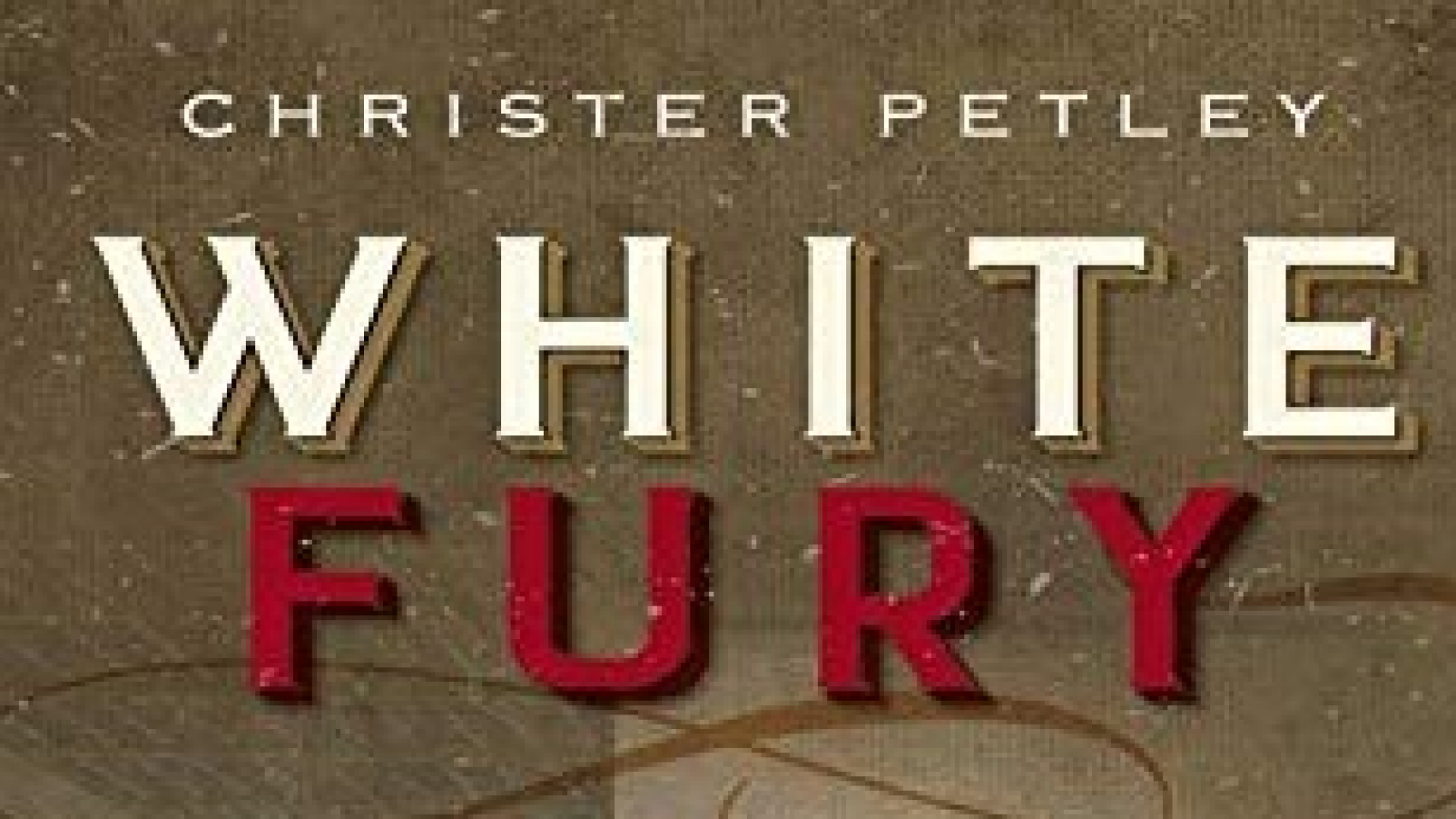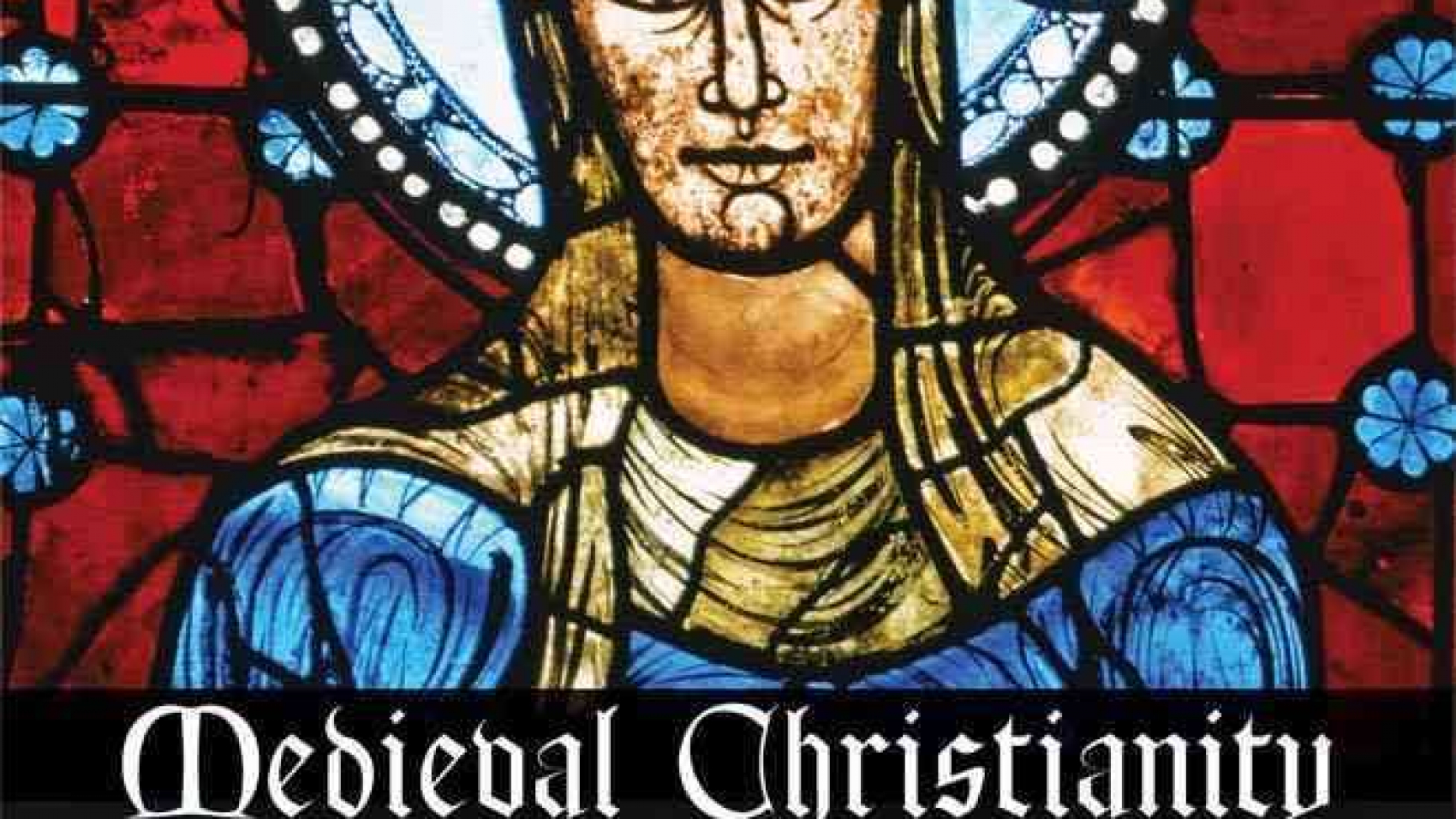Lucy Peppiatt - On God's Mother
*This is an updated re-post from December 2015*
When one of my boys was little he announced, ‘I know why God was mean in the Old Testament and nice in the New Testament.’ ‘Why’s that?’ I asked. ‘Because in the Old Testament, he didn’t have a mummy.’ Interesting thought…
Putting aside the fact that he was highlighting the problematic OT/NT distinctions, and the fact that it sounds funny to put it like that, I liked his expression—God had a mummy. I’m sad that I come from a Christian tradition where Mary mostly gets sidelined. The way that it’s always framed is in relation to a fear of compromising a strictly christological focus. I’m not entirely convinced it’s just that.
I do know that I’m grateful to have studied theology to find wider and richer traditions, I’m grateful that my mother, who was brought up by a Catholic stepmother, talked a lot about Mary, and I know that every Christmas I think of Mary in a particular way.
I think of her as a woman who went through the process of childbirth; a process that is raw, powerful, emotional, potentially frightening, and awe-inspiring. It’s exhausting and elating at the same time – and it is kind of icky – but in a way that nobody cares, because there are much bigger things to think about. There are no squeamish women at a birth, only practical ones, and the mother’s body is the centre of everyone’s attention.
The reality that a messy, bloody, female-centred, bodily birth is at the heart of our salvation story never ceases to amaze me. It doesn’t really surprise me either that it’s always been a problem for some people.
Maybe we don’t like to dwell on the reality of God in a womb, but maybe we should. Maybe it would change the way we see God if we did. It might even change the way we see women. And doesn’t it make you wonder whether that might have been part of the plan all along—to change the way we see God and the way we see women?
Tertullian on Mary
Tertullian, a second century African bishop writes about the Mary giving birth in his treatise, On the Flesh of Christ, and it’s so interesting to me that he isn’t at all squeamish about Mary’s body here. Admittedly, his main aim is to form an argument for the very human flesh of Christ against Marcion and others, but on his way, he makes some extraordinary claims about Mary.
First he addresses the heretics’ charges of the uncleanness and filth of the womb (which they claim is obviously an unfitting home for God). Secondly, he addresses the perceived shame of childbirth. His view, instead, is that childbirth should be ‘honoured in consideration of that peril’, and ‘held sacred in respect of (the mystery of) nature.’ This is just the beginning.
For Tertullian, as he elucidates, the real human existence of Jesus Christ hangs entirely on his physical, fleshly connection with Mary’s body.
Pray, tell me, why the Spirit of God descended into a woman’s womb at all, if He did not do so for the purpose of partaking of flesh from the womb. For He could have become spiritual flesh without such a process—much more simply, indeed, without the womb than in it. He had no reason for enclosing Himself within one, if He was to bear forth nothing from it. Not without reason, however, did He descend into a womb. Therefore He received (flesh) therefrom; else, if He received nothing therefrom, His descent into it would have been without a reason, especially if He meant to become flesh of that sort which was not derived from a womb, that is to say, a spiritual one. (Chapter 19)
Jesus is made ‘of her’, not just ‘in her’. He is made from her and not just through her. She is not only a receptacle of the Divine, she contributes from her own body. It is her blood that forms him, her food that nourishes him, her breasts that feed him. Tertullian even has a fairly lengthy explanation of the link between the physical process of pregnancy and childbirth to the production of milk.
But if the Word was made flesh of Himself without any communication with a womb, no mother’s womb operating upon Him with its usual function and support, how could the lacteal fountain have been conveyed (from the womb) to the breasts, since (the womb) can only effect the change by actual possession of the proper substance? But it could not possibly have had blood for transformation into milk, unless it possessed the causes of blood also, that is to say, the severance (by birth) of its own flesh from the mother’s womb. (Chapter 20)
Not squeamish at all.
He carries on proving his point making the connection of Jesus’ birth to OT prophecies. How else would he be connected to the line of David through Mary, unless the baby was truly hers, albeit born of the Spirit?
This physical connection to Mary is the basis of the story of salvation, the proof that our own flesh, our souls and bodies, can be redeemed, and cleansed, and resurrected—and this through a woman. The fact that she is a woman is important. Eve’s first catastrophic sin is reversed.
Into a virgin’s soul, in like manner, must be introduced that Word of God which was to raise the fabric of life; so that what had been reduced to ruin by this sex, might by the selfsame sex be recovered to salvation. As Eve had believed the serpent, so Mary believed the angel. The delinquency which the one occasioned by believing, the other by believing effaced. (Chapter 17)
The blame-game is finished. It’s over.
New Creation
There are three creation stories of the creation of humanity in the Bible. The first one is that male and female together are made in the image and likeness of God. The second is that a human is formed from the dust of the earth and woman is taken from man. She is flesh of his flesh. The third is that humanity is reborn through a Saviour, who is born of a woman, and He is flesh of her flesh.
When God chose to come to earth, he chose the hiddenness of a woman’s womb. When God chose to take on flesh, he chose to unite himself to a woman’s flesh.
When God chose to appear, he chose to come as a baby, entrusting himself to a woman’s body to be born.
Mary cleaned him, changed him, cuddled him, fed him, sang to him, and whispered the story of his birth to him. This Advent we look forward to the coming of our Saviour into the darkness of the world. Let’s remember his condescension began in the hidden darkness of a womb, surrounded by Mary’s blood, preparing him for life among us.
 Dr. Lucy Peppiatt has been Principal at WTC since 2013. She teaches courses in Christian doctrine and in spiritual formation. She holds bachelor’s degrees in both English and Theology. She completed her MA in Systematic Theology at King’s College, London, and her PhD through the University of Otago, Dunedin, New Zealand. Lucy’s research interests are Christ and the Spirit, Charismatic theology, theological anthropology, discipleship, 1 Corinthians, and women in the Bible. Lucy is part of Crossnet Anglican Church in Bristol, which is led by her husband, Nick Crawley. They have four sons and four daughters-in-law.
Dr. Lucy Peppiatt has been Principal at WTC since 2013. She teaches courses in Christian doctrine and in spiritual formation. She holds bachelor’s degrees in both English and Theology. She completed her MA in Systematic Theology at King’s College, London, and her PhD through the University of Otago, Dunedin, New Zealand. Lucy’s research interests are Christ and the Spirit, Charismatic theology, theological anthropology, discipleship, 1 Corinthians, and women in the Bible. Lucy is part of Crossnet Anglican Church in Bristol, which is led by her husband, Nick Crawley. They have four sons and four daughters-in-law.
Get her latest book here.

TheoMisc Blog
Theological Miscellany is a blog where we post a variety of theological reflections on scripture, life, culture, politics, society, gender, and pretty much anything. WTC attracts a whole range of people as students and a wide range of faculty from around the world with different interests and theological leanings. What draws us all together is our commitment to a Christ-centred theology, taught in a Spirit-led fashion in partnership with the local church.
Come and Study With Us
 Our study of theology means engaging with a Kingdom that is powerful and transformational.
Our study of theology means engaging with a Kingdom that is powerful and transformational.
We offer programmes in ‘Kingdom Theology’ because at the heart of our study is the belief that Jesus came proclaiming the good news of the Kingdom of God. Through his life, death, and resurrection, he has brought the reality of the Kingdom to this world.
Find out more about WTC Programmes HERE.









 Dr. Steve Watts teaches Church History and Spirituality at WTC. He received his PhD in Mediaeval History at the University of St Andrews and was most recently a postdoctoral fellow at the Pontifical Institute of Mediaeval Studies in Toronto. He graduated from Regent in 2010 with an MCS in Interdisciplinary Studies. He presently lives in Hamilton, Ontario, with his wonderful wife Elissa and four bright-eyed children.
Dr. Steve Watts teaches Church History and Spirituality at WTC. He received his PhD in Mediaeval History at the University of St Andrews and was most recently a postdoctoral fellow at the Pontifical Institute of Mediaeval Studies in Toronto. He graduated from Regent in 2010 with an MCS in Interdisciplinary Studies. He presently lives in Hamilton, Ontario, with his wonderful wife Elissa and four bright-eyed children.

